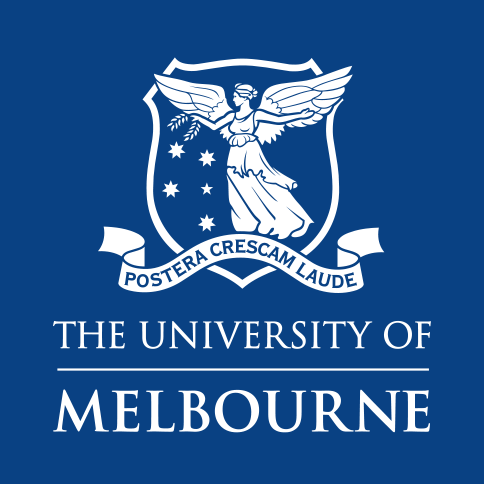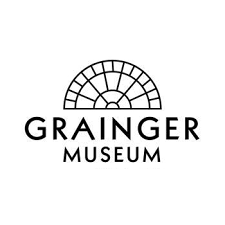Introduction: Experiments in Freedom
'Personally I have heard free music in my head since I was a boy of eleven or twelve in Auburn, Melbourne. It is my only important contribution to music.' Percy Grainger, Free Music, December 6, 1938
Percy Grainger and 'Free Music'
In his childhood years in Melbourne in the 1890s, Grainger imagined a type of music in which melodic lines glided freely across any pitch, translating his experiences of the rise and fall of the Australian landscape viewed from a train window, and the motion of waves across water, into sound. This radical idea, transcending all established musical systems and conventions, was to occupy Grainger throughout his life. From the 1940s until his death, Grainger worked intensely to realise this concept, which he called ‘Free Music’. He adapted traditional instruments and built many new machines to create the new type of sounds he was seeking. As his key collaborator in the 1940s and '50s, Burnett Cross described it, Grainger wanted to hear in actuality the sounds he had heard in his mind for many years, to determine whether they had the effect he imagined, and to adjust them accordingly.
This online exhibition explores key areas of Grainger's Free Music ideas, including his experiments with traditional instruments to make new sounds, his transformation of everyday objects into experimental music machines, his documentation of the experimental process, and contemporary reconstructions of Grainger's ideas.
Exhibition credits
The exhibition project Experiments in Freedom at the Grainger Museum was assisted by the University of Melbourne and by the Australian Government through the Australia Council for the Arts, its arts funding and advisory body. The video content was produced by Learning Environments, University of Melbourne, 2017.

